Saudi Arabia has emerged from three months of oil market volatility as the world’s biggest oil exporter once more, knocking the US off the top slot it gained last year.
Industry experts calculated that in April — when oil prices crashed because of pandemic lockdowns — the Kingdom exported nearly 11 million barrels of oil per day, a record, and the US about 8.6 million barrels.
Both countries’ exports fell in May, after the historic OPEC+ deal to cut output, but the Kingdom was still ahead.
The trend is likely to continue for most of this year, as American production suffers from shut-ins and bankruptcies in its price-sensitive shale oil operations, despite continuing Saudi cuts.
“Over the course of the second quarter of 2020 as a whole Saudi Arabia ought to easily stay ahead of the chasing pack,” said the Middle East Economic Survey, which published the figures compiled by industry experts.
The US overtook Saudi Arabia as the world’s top exporter in the middle of last year. Since the price of the US benchmark, West Texas Intermediate, collapsed in April, many shale producers have cut back on their “rig count” and some have filed for bankruptcy.
Oil
prices shrugged off weekend worries over a possible second wave of virus infection in China. Brent crude, the global benchmark, rose back above $40, while West Texas Intermediate stood at $37.
A report from the International Energy Agency forecast a less dramatic fall in 2020 oil demand than expected. Demand would be 91.7 million barrels per day, about 500,000 more than the agency’s previous forecast, but still the biggest fall in history. There would be no recovery in pre-pandemic air fuel demand until 2022 because of the “dire situation” in the aviation industry, the IEA said.
In China, oil demand had recovered fast in March and April, and Indian demand rose sharply in May. “While the oil market remains fragile, the recent modest recovery in prices suggests that the first half of 2020 is ending on a more optimistic note,” the agency said.
“Initiatives in the form of the OPEC+ agreement and the meeting of G20 energy ministers have made a major contribution to restoring stability to the market.”
The joint ministerial monitoring committee of the OPEC+ alliance meets at the end of this week to assess compliance with agreed cuts, amid some speculation that they could be extended for at least another month.
No Comments For This Post, Be first to write a Comment.
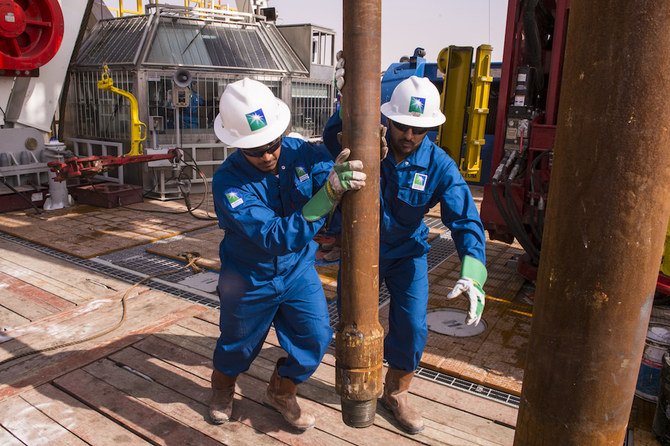

.jpg)
.jpg)
.jpg)
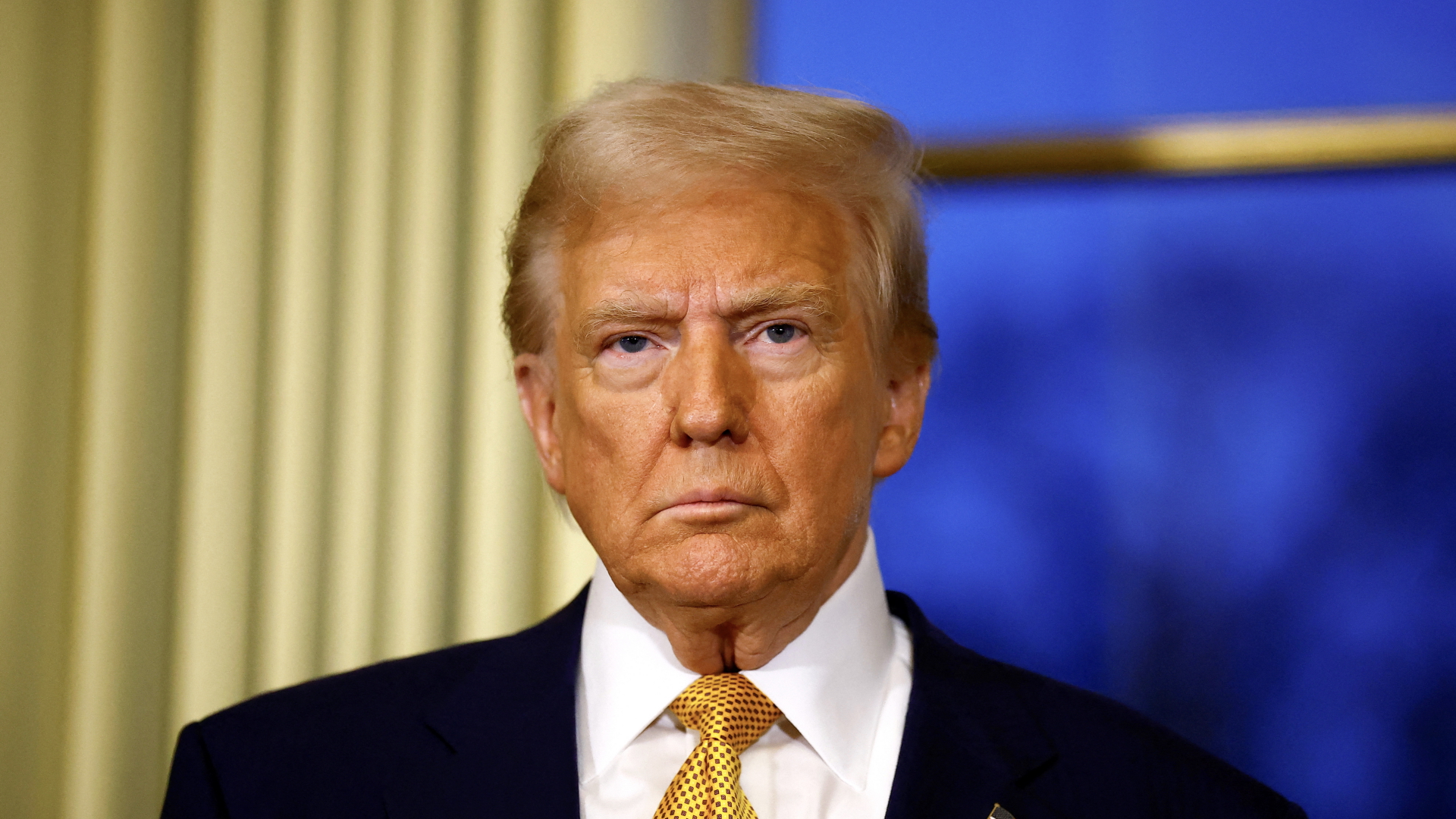
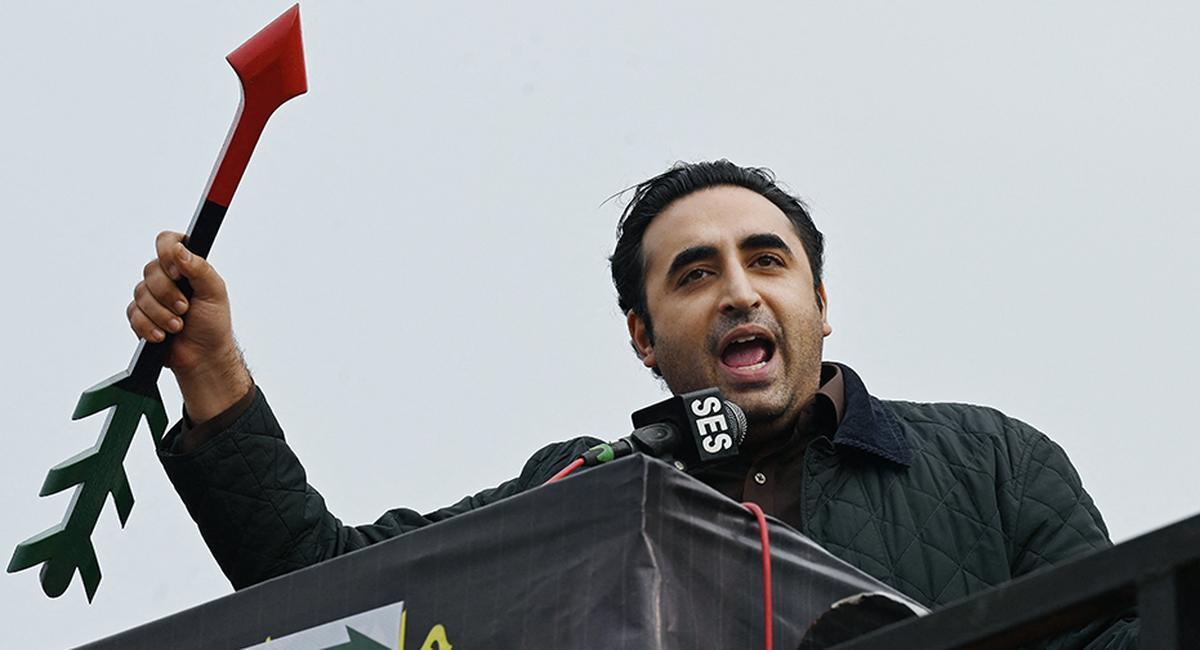
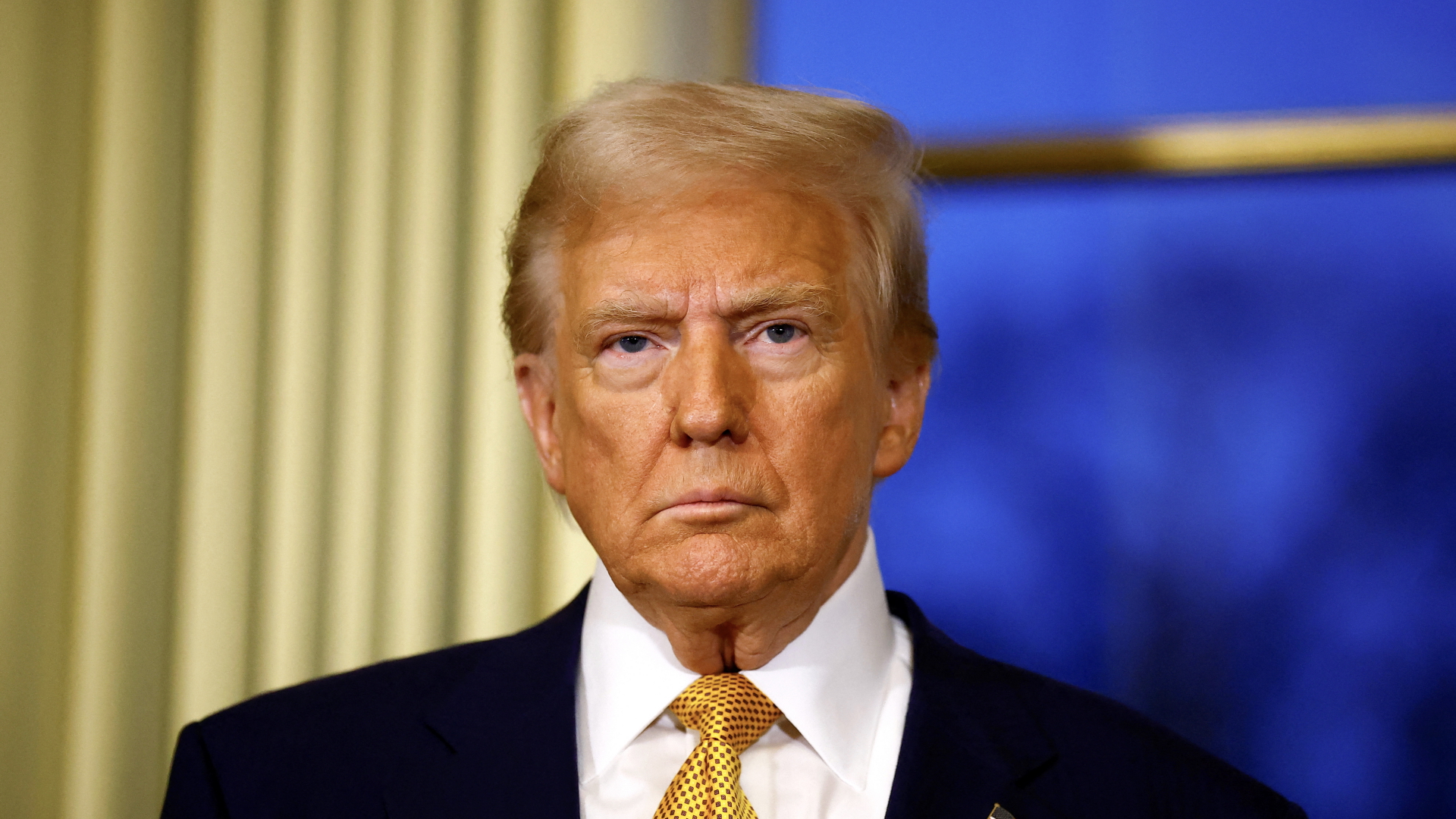
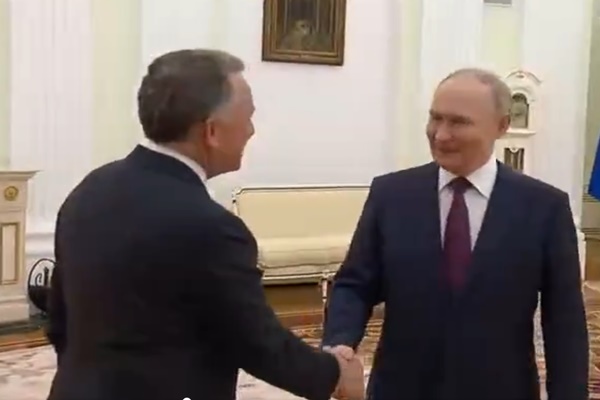
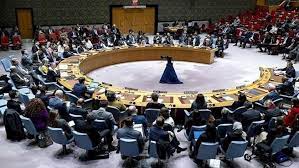
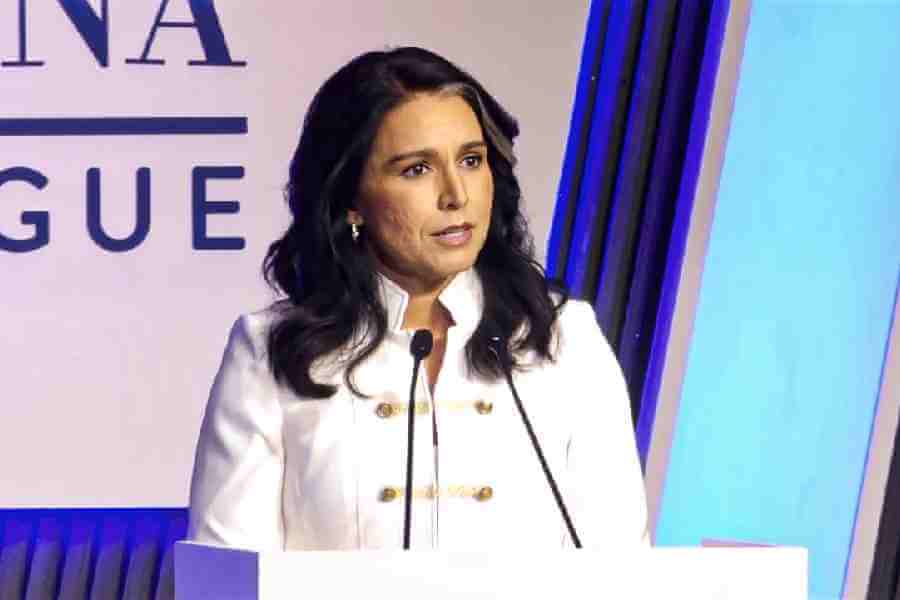
.jpg)
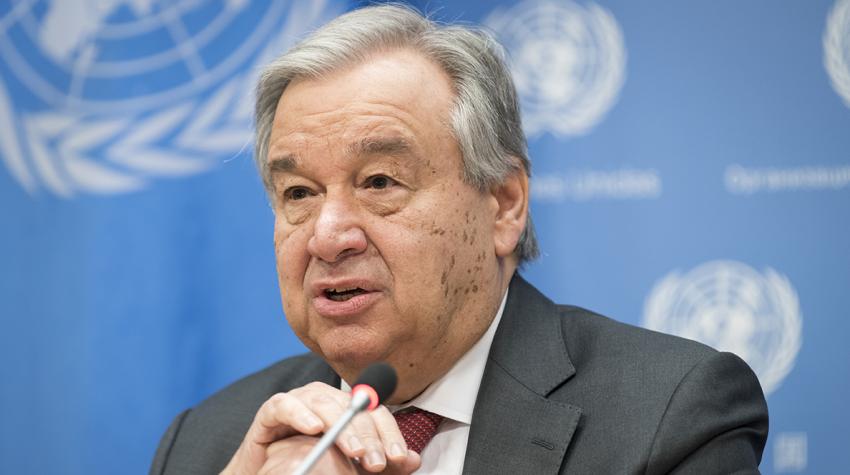

.jpg)
.jpg)
.jpg)
.jpg)
.jpg)
.jpg)
.jpg)
.jpg)
.jpg)
.jpg)
.jpg)
.jpg)

















